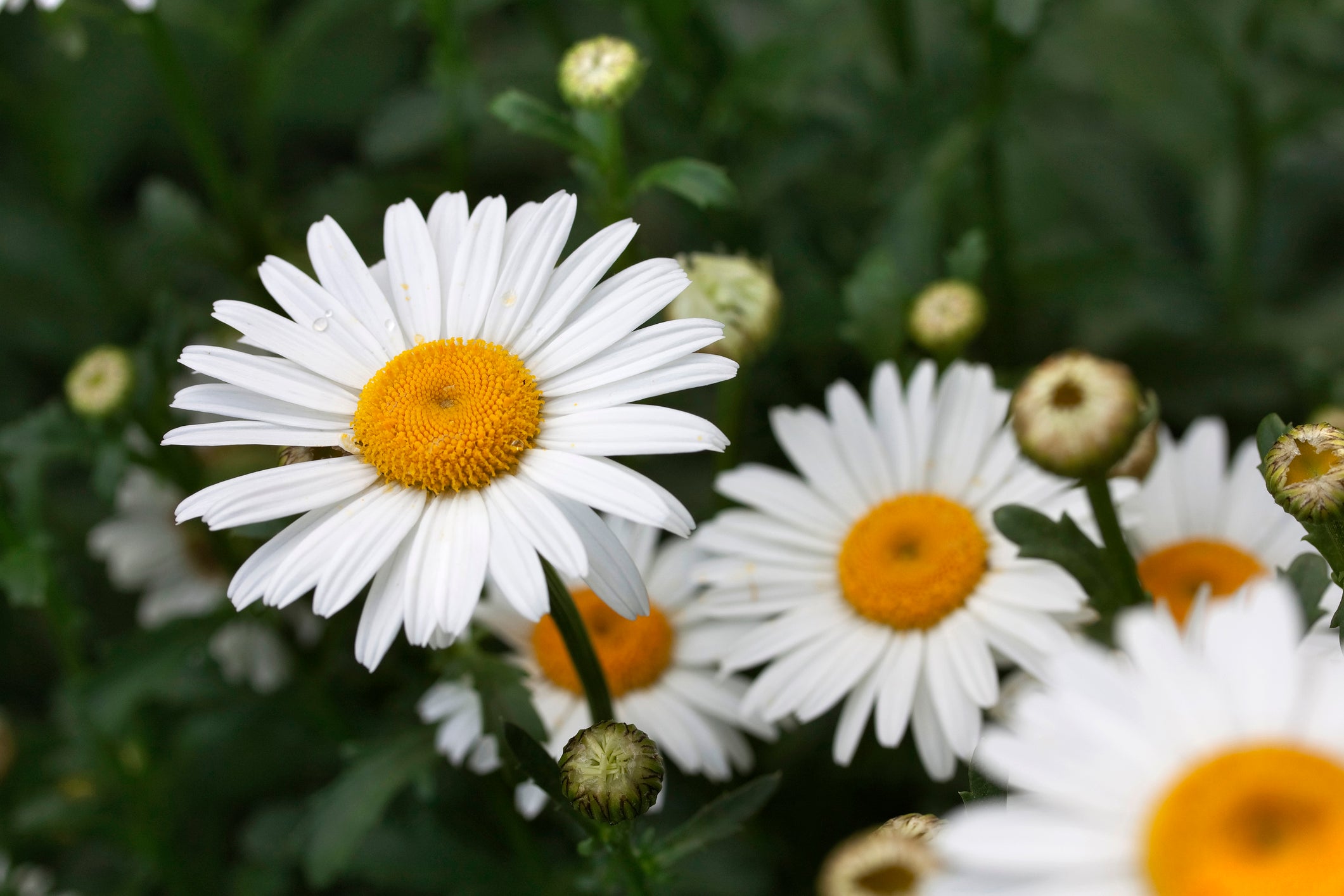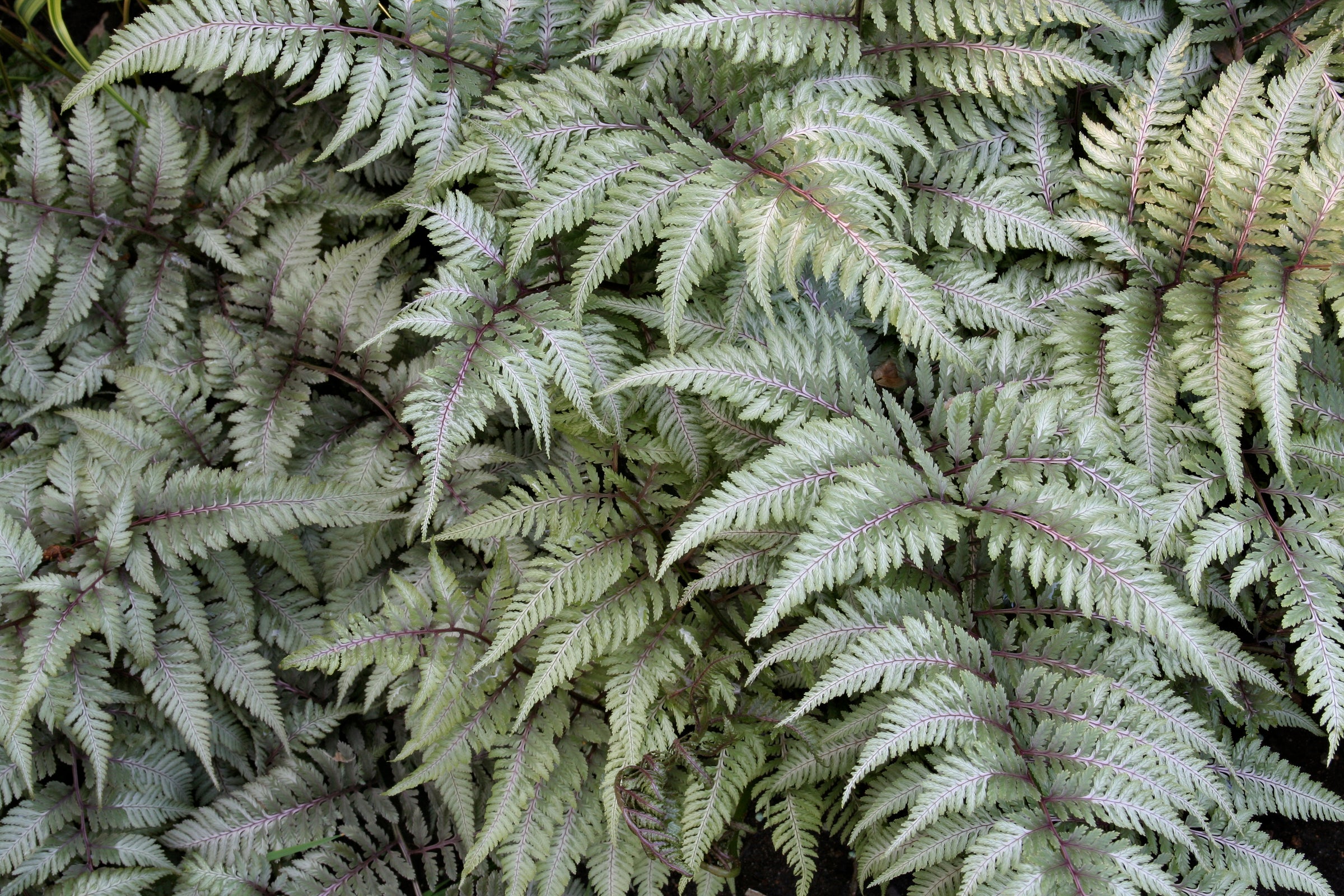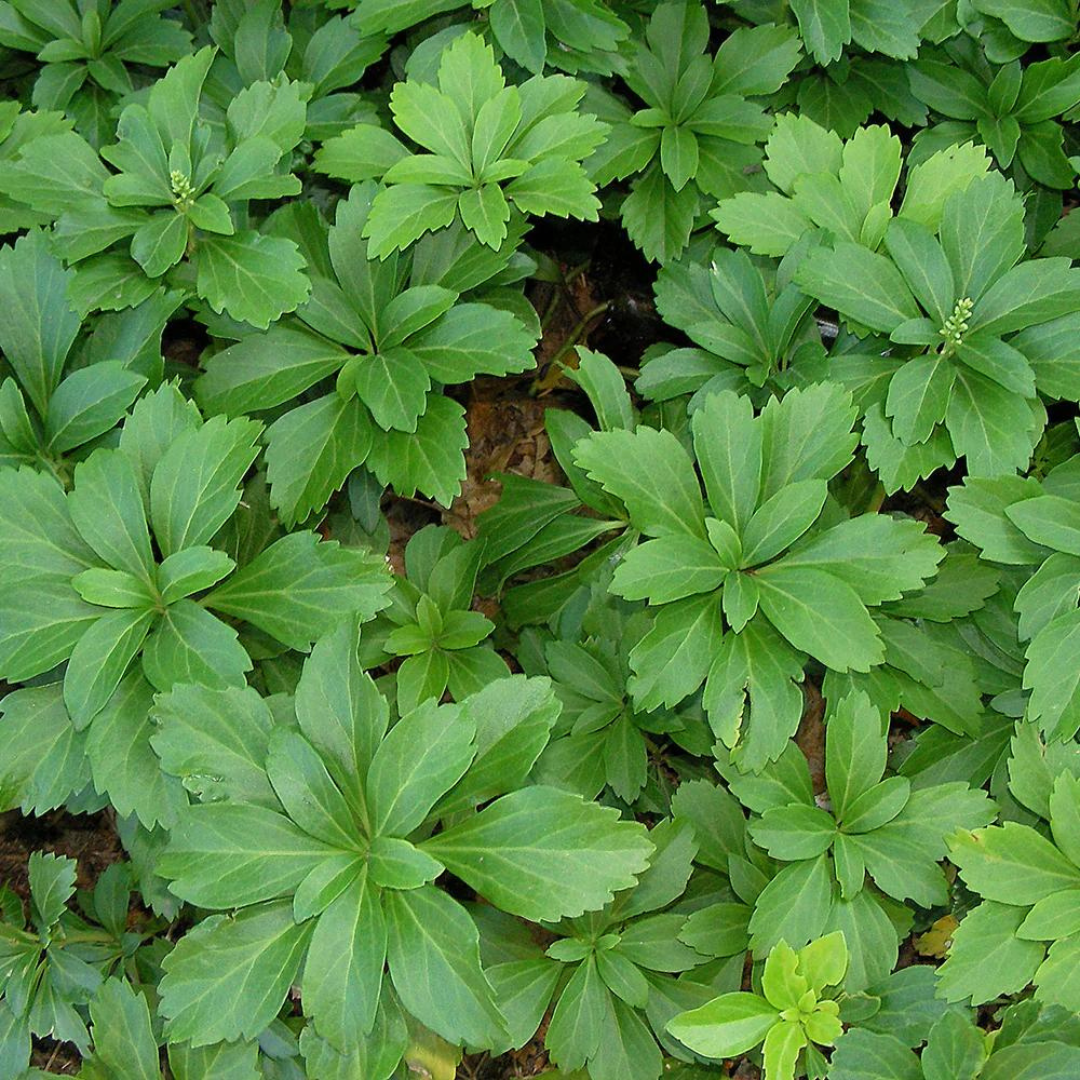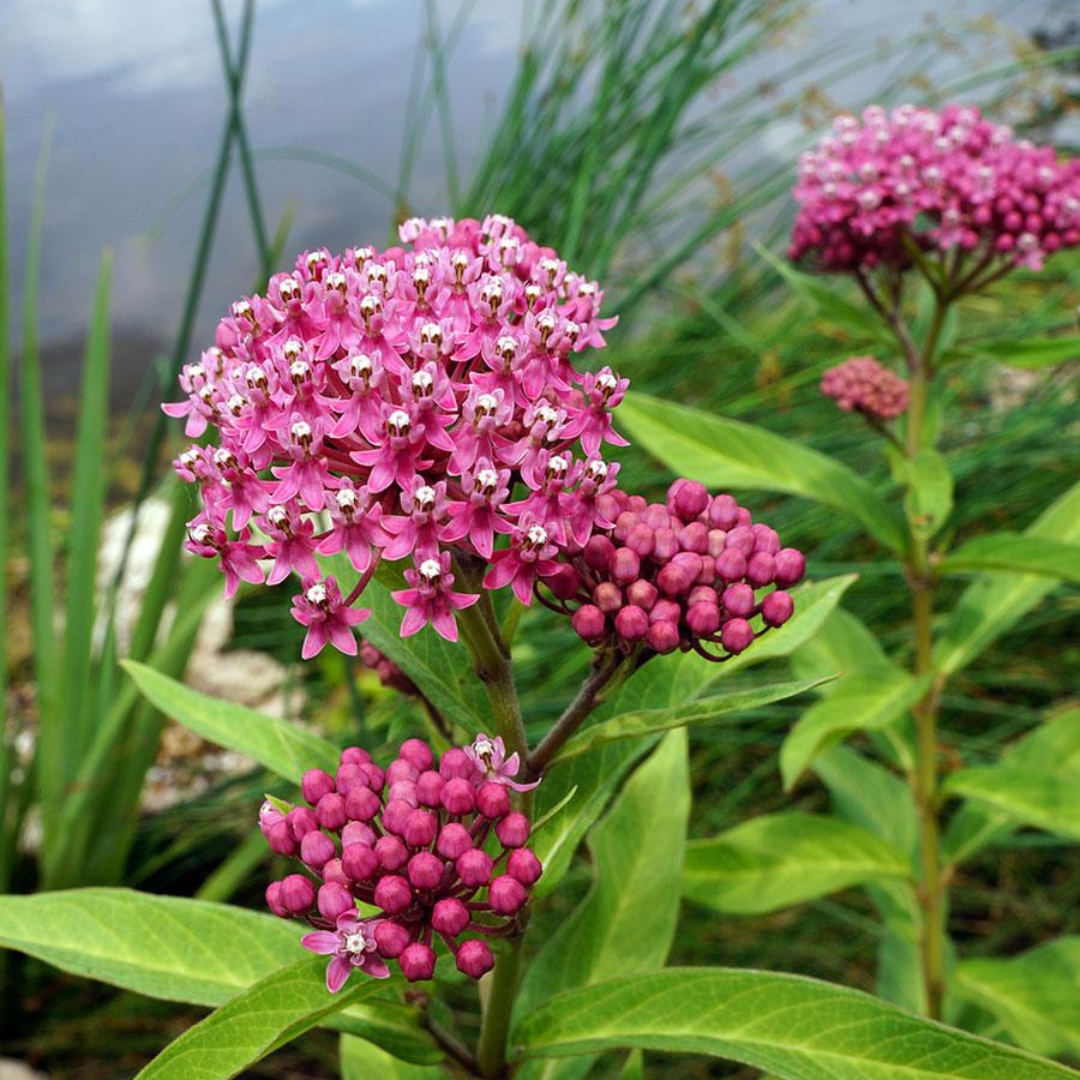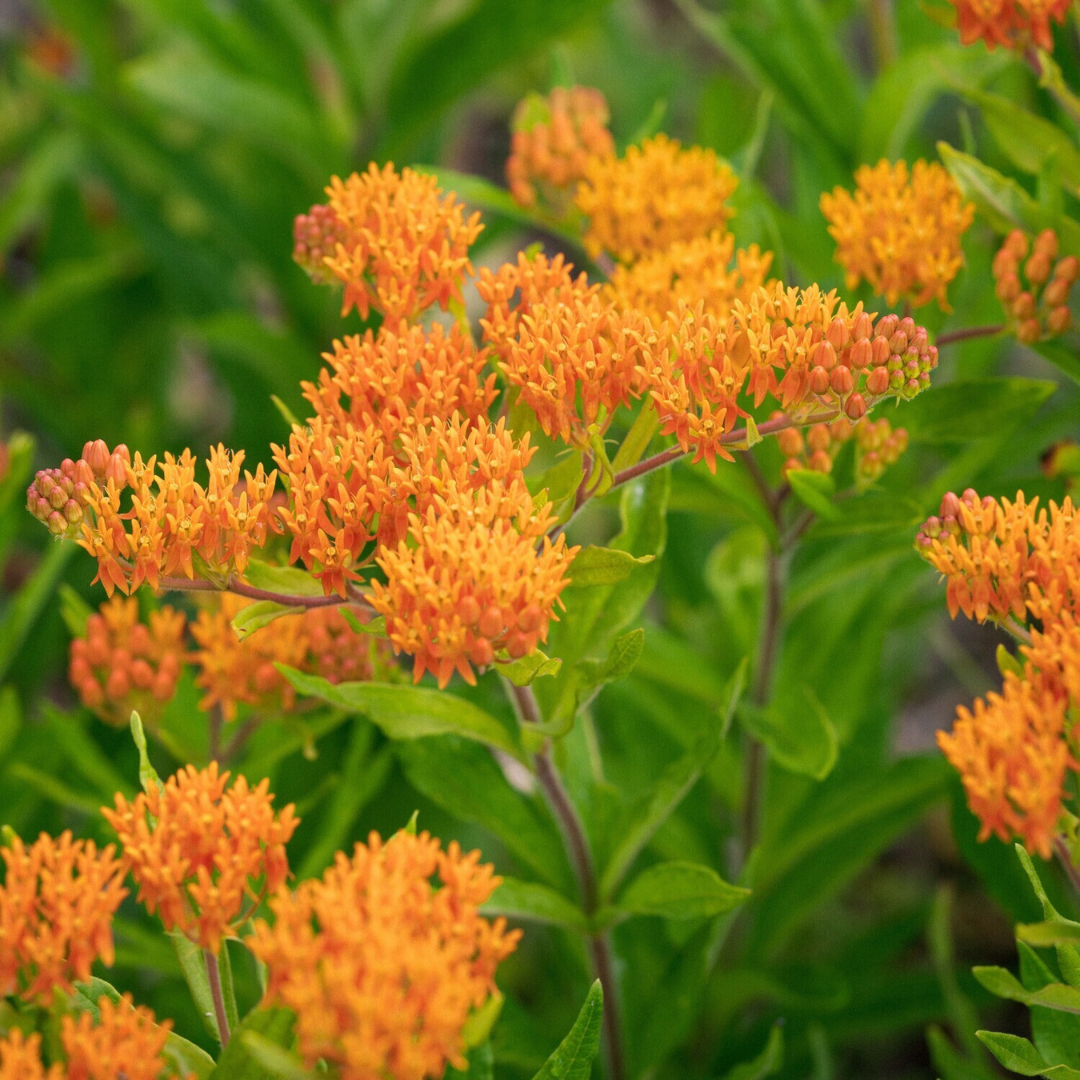
Asclepias tuberosa
Add to Wishlist Full Sun
Full Sun
 Deer Resistant
Deer Resistant
 Pollinator Friendly
Pollinator Friendly
 Native
Native
- In stock, ready to ship
- Backordered, shipping soon
Asclepias tuberosa: The Flame of the Prairie
Bold and sun-loving, Asclepias tuberosa bursts into summer with vivid orange flower clusters that blaze above upright stems and narrow, deep green leaves. Known commonly as butterfly milkweed, this native perennial thrives in hot, dry conditions and attracts a lively procession of pollinators—especially monarchs, whose caterpillars depend on it as a host plant. Its tidy, clumping form and long bloom season make it a standout in naturalized borders, prairie plantings, and xeriscapes.
Plant Characteristics:
- Height: 45–60 cm
- Spread: 30–45 cm, forming a compact, upright clump
- Flower Colour: Bright orange
- Flowering Period: Early to late summer
- Foliage: Narrow, lance-shaped leaves; rich green and upright
- Sunlight Requirements: Full sun
- Soil Requirements: Well-drained, sandy or gravelly soil; drought-tolerant
Uses and Benefits: Asclepias tuberosa is a top choice for dry slopes, prairie-style gardens, butterfly habitats, and low-maintenance perennial beds. Its fiery blooms provide a crucial mid-summer nectar source, while its foliage supports monarch caterpillars. Long-lived and deer-resistant, it contributes bold colour, ecological value, and clean structure to heat-loving plant communities.
Companion Plants: For a lively, sun-drenched combination, pair with the magenta blooms of Echinacea 'Magnus', the golden daisy-like flowers of Gaillardia 'Mesa Yellow', and the fine, waving texture of Bouteloua gracilis to echo the prairie’s natural rhythm and resilience.
Care Instructions: Plant in full sun with excellent drainage. Water occasionally during the first season, then allow soil to dry between waterings. Avoid fertilizing or disturbing roots—this species resents transplanting. Cut back stems in late fall, or leave standing for winter interest and wildlife support. Mark location, as it emerges late in spring.
History: Native to dry prairies, roadsides, and open meadows across much of North America, Asclepias tuberosa has long been valued for its toughness and brilliant colour. Its role in monarch conservation has brought renewed attention to its ornamental and ecological strengths.
Final Thoughts: Radiant and reliable, Asclepias tuberosa is the embodiment of sun-drenched summer—a flame on the prairie that nourishes both the eye and the ecosystem.


